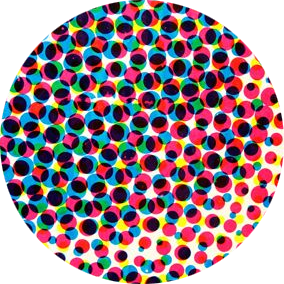The Male Gaze in Superman Annual #11

On the second page of “For the Man Who Has Everything…” a grown man warns a teenage boy to “think clean thoughts” in the presence of an Amazon. Though simple enough on the surface, there’s a complex history of comics gazes that can be approached here. #Superman 1/9


Reynolds argues that superheroine sexuality is “presented blatantly the more firmly to deny it: the frisson of fetishistic sexuality is adduced with one hand only to be dismissed with the other.” For Reynolds this is the paradox of superheroine sexuality: 3/9



And that’s the interesting aspect of the gaze presented in FTMWHE – Moore acknowledges the gaze and labels the elephant in the room, whilst having a superheroic audience-surrogate character (Robin) struggle to control his hormonal drive in WW’s presence. 6/9

Now, the deviation from Reynolds’ identified norm here is notable, but its productivity can be debated. Batman and Robin still exclude Wonder Woman from this discussion, rendering her liminal in a discussion about HER body and HER sexuality. 7/9

And while Batman could be said to assert Wonder Woman’s right to freedom from the gaze & to her own sexual agency by chastising Robin, he can also be seen to participate in the gaze (or at least in the knowledge thereof) through his smirk, visible to neither Jason nor Diana. 8/9

